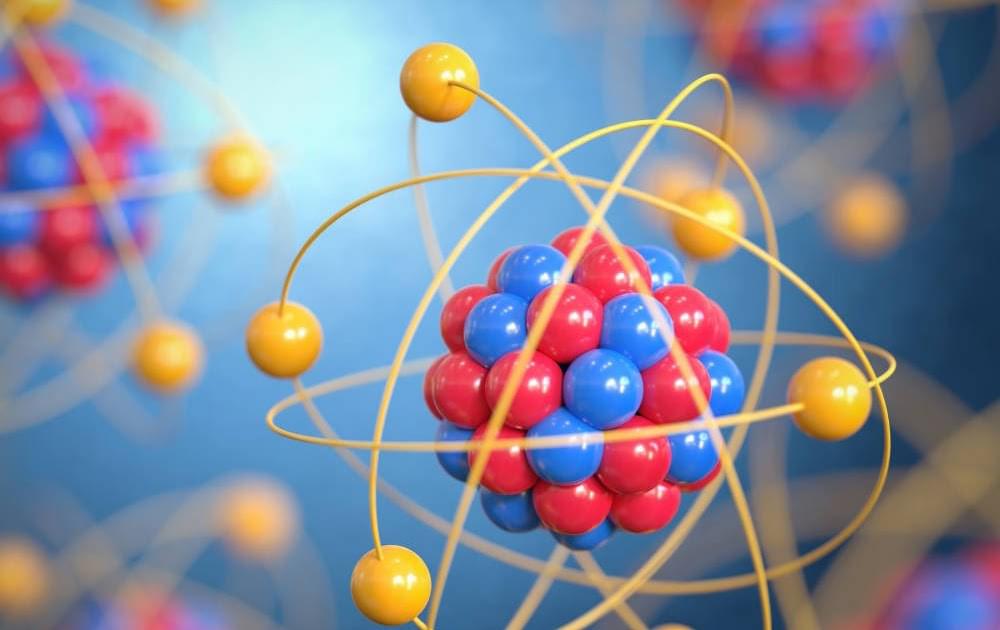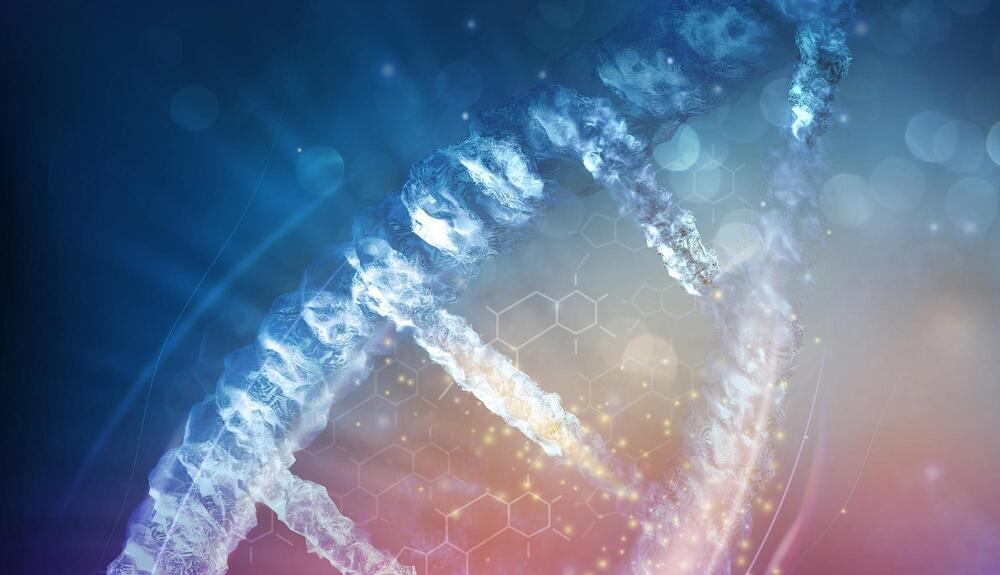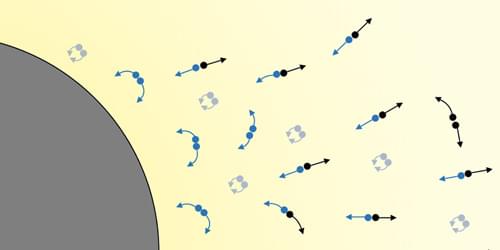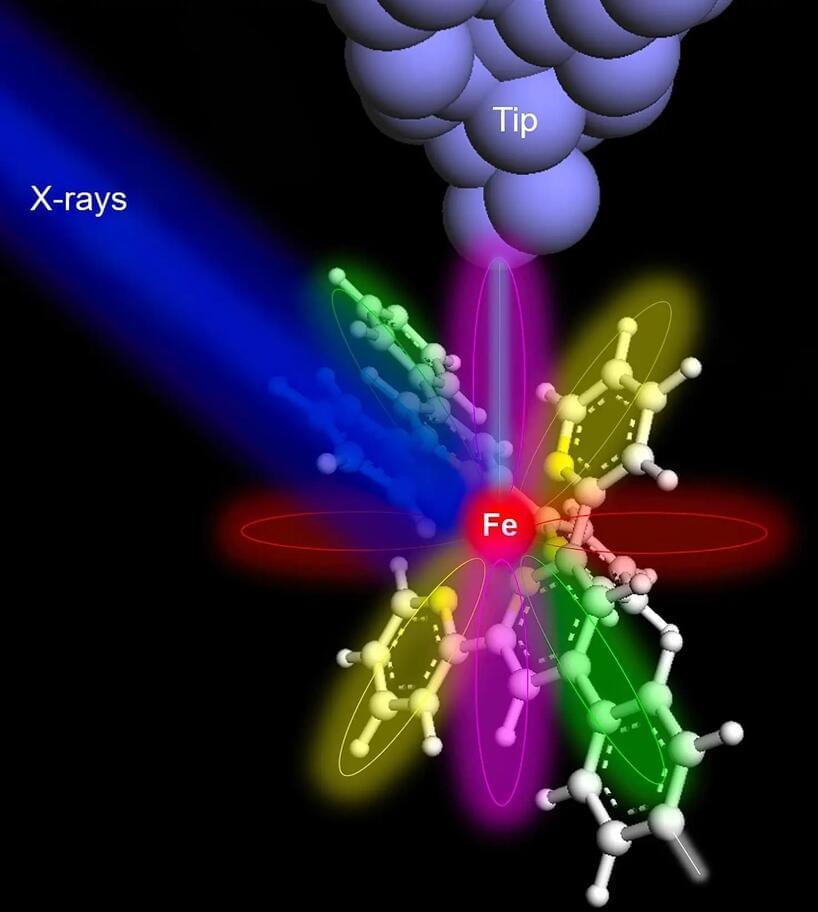A team from NIST and the University of Colorado Boulder have developed a novel device using gallium nitride nanopillars on silicon that significantly improves the conversion of heat into electricity. This could potentially recover large amounts of wasted heat energy, benefiting industries and power grids.
Researchers at the National Institute of Standards and Technology (NIST) have fabricated a novel device that could dramatically boost the conversion of heat into electricity. If perfected, the technology could help recoup some of the heat energy that is wasted in the U.S. at a rate of about $100 billion each year.
The new fabrication technique — developed by NIST researcher Kris Bertness and her collaborators — involves depositing hundreds of thousands of microscopic columns of gallium nitride atop a silicon wafer. Layers of silicon are then removed from the underside of the wafer until only a thin sheet of the material remains. The interaction between the pillars and the silicon sheet slows the transport of heat in the silicon, enabling more of the heat to convert to electric current. Bertness and her collaborators at the University of Colorado Boulder recently reported the findings in the journal Advanced Materials.







